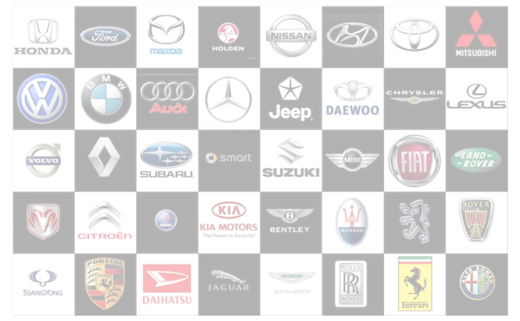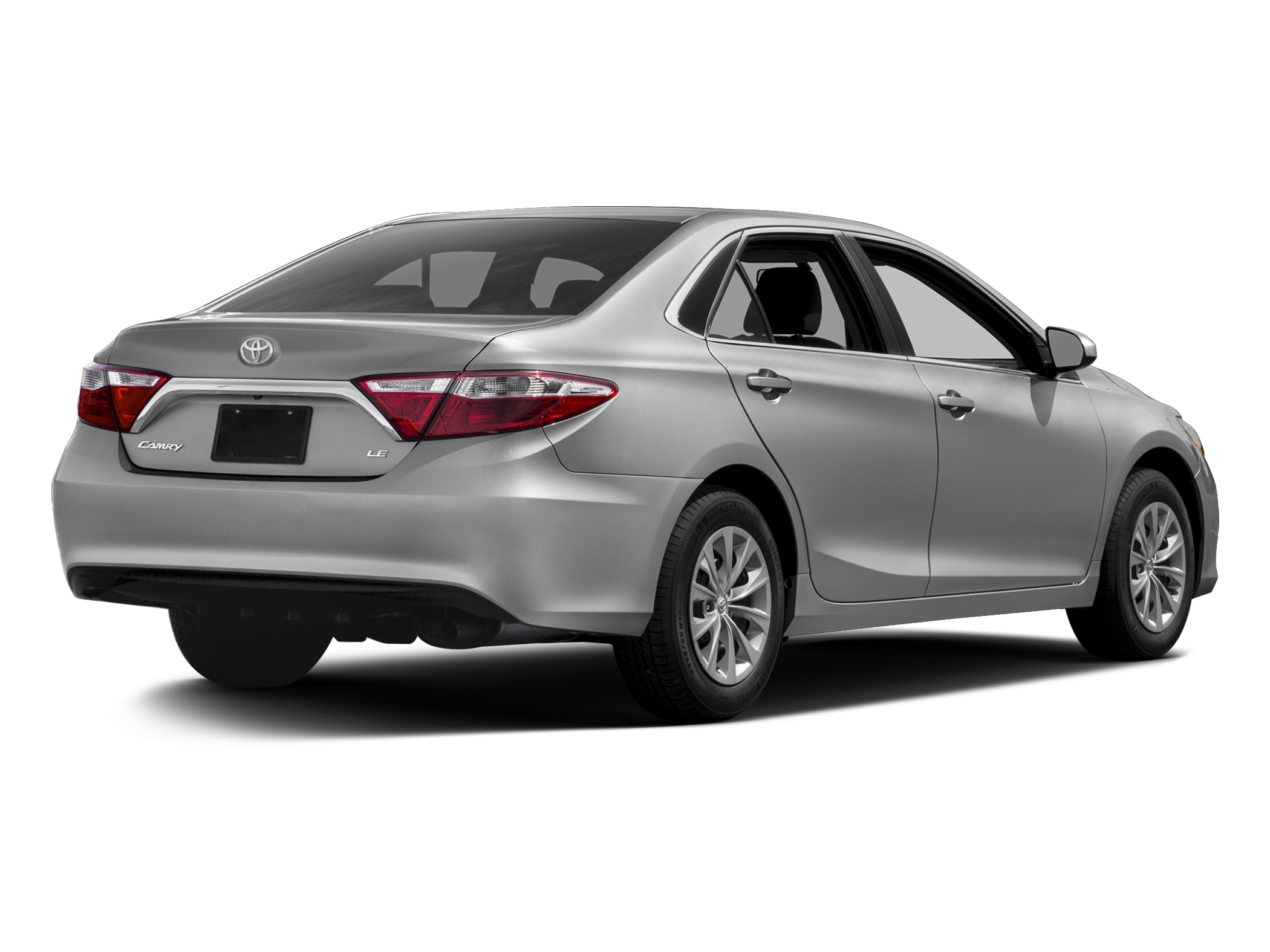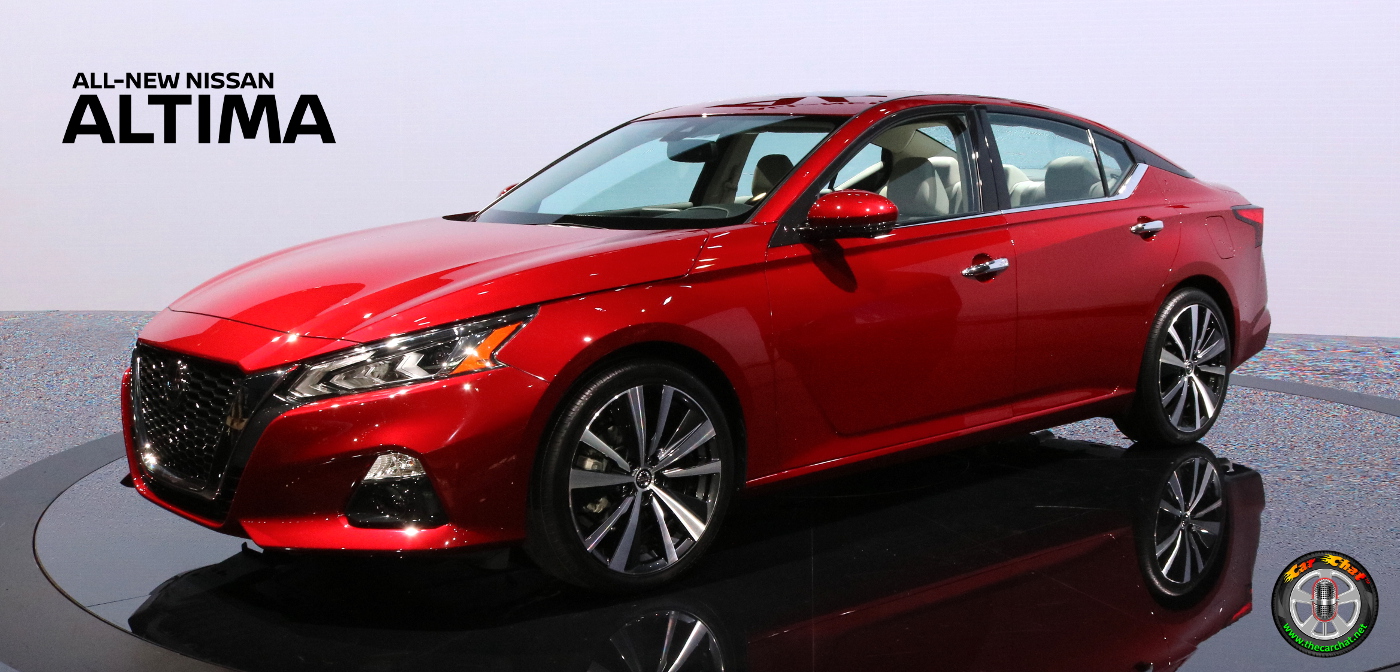The Altima has been thoroughly redesigned for 2019. Not only has the overall look of the car changed to a more linear design with an increase in length and width, more importantly, Nissan has included all-wheel-drive, two new engines, and now the new, 2019 Altima fully embraces the Nissan Intelligent Mobility technologies previously available in the 2018 Leaf and 2018 Rogue, such as ProPilot Assist, Nissan's semi-autonomous technology. According to Nissan, "Our goal with the all-new Altima is to re-energize the sedan segment – in terms of design, driving feel, and in making advanced technologies available and affordable for everyone. We want to energize drivers, helping make their lives safer, less stressful and more exciting."
The two new engines include a direct fuel-injected 2.5 four cylinder, gaining 9 horsepower and 3 pound-feet of torque (188 HP and 180 lb-ft). The peak torque is produced at a lower RPM, which will make the engine feel particularly spunky while driving around town. Fuel mileage should also improve. Replacing the 3.5 V6 is the variable compression ratio 2.0-liter 4 cylinder turbo engine first offered in the Infiniti QX50. Horsepower is down by 22 to 248 from the old V6, but peak torque is up by 22 (273 lb-ft @ 4000 RPM). Along with the lighter weight of the smaller engine, this version of the Altima should be quicker under most circumstances, and get significantly better fuel mileage than the V6.

The Altima joins the small family of mid-size family cars that offer all-wheel-drive. Strangely, the 2.0-liter turbo Altima doesn't offer all-wheel-drive, even though its cousin, the QX50 does. All-wheel-drive is only offered with the 2.5-liter 4 cylinder engine. As before, all engines come with a continuously variable transaxle (CVT), dubbed Xtronic. Nevertheless, buyers wanting all-wheel-drive vehicles has been a factor in driving sales from sedans to compact SUVs in northern U.S. market regions, so Nissan responded accordingly by being the only one to offer it among the top three best-selling midsize sedans.

Altima SV, SL and Platinum will come standard with Automatic High Beam Headlights, Intelligent Cruise Control (which can bring the car to a complete stop in a traffic jam and then start up again when traffic moves), Steering Assist, and Autonomous Braking Front and Rear. All except the Altima S will come standard with Blind Spot Warning and Rear Cross Traffic Alert. All models will have standard front collision warning, Forward Autonomous Emergency Braking, and a Driver Alert Monitor (warns if the driver becomes inattentive).

Perhaps the most forward-thinking change to come to the longstanding Altima line, is the inclusion of Nissan's next-generation technologies under the rubric of Intelligent Mobility, which are designed to improve three main areas of the driving experience: Nissan Intelligent Driving (safety), Nissan Intelligent Power (performance), and Nissan Intelligent Integration (entertainment/information). Nissan is taking a pro-active role in keeping up with the 21st Century social and technological revolution by developing "a connected ecosystem of drivers, cars, and communities" that "is key to a cleaner and safer world," which is also demonstrated through their partnership with 100 Resilient Cities, pioneered by The Rockefeller Foundation (100RC).

ProPilot Assist, one of Nissan's driver assistance technologies, is a semi-autonomous driving system that combines traffic-adaptive cruise control (acceleration and braking) by using radar-based cruise control, which measures the distance between the car and any vehicle in front, maintaining a safe distance, and a lane-keeping (steering the car within its lane) using radar, cameras, and sensors. The semi-autonomous drive for single-lanes on the highway, when activated, helps to keep the car centered by reading lane markers using cameras, including around curves, while providing steering assistance.
Nissan Intelligent Mobility technologies
ProPILOT Assist in Traffic: helps keep a set distance from the car ahead of you. It can even come to a full stop based on the traffic flow, and can bring you back up to speed when traffic starts moving again.
ProPILOT Assist on the Open Road: also helps keep you centered in your lane through the straightaways, and even through gentle curves.
Nissan Intelligent Mobility – Additional driver Assistance Features
Automatic Emergency Braking: monitors your speed and distance between you and the car ahead and can let you know if you need to slow down. It can even automatically engage the brakes to help avoid a frontal collision or lessen the severity of an impact.
Rear Automatic Braking: monitors the area directly behind your vehicle for stationary items you might not see. If you fail to stop, it can automatically engage the brakes to help avoid a rear collision or lessen the severity of an impact.
Intelligent Cruise Control: watches the flow of traffic to help take the tedium out of your morning commute. It helps maintain an adjustable speed and set distance between you and the car ahead.
Blind Spot Warning: helps you change lanes with confidence. It keeps an eye on the blind spot area and gives you a heads up if it detects a vehicle hiding there.
Intelligent Lane Intervention: helps keep you in your lane. When lane markings are clear, it detects if you’re straying out of your lane and taps the brakes to help gently guide you back.
Intelligent Around View Monitor: gives you an on-screen heads up when it detects moving objects near your vehicle. We’re looking at you, shopping cart.
Though this semi-autonomous system is not completely self-driving, as ProPilot Assist requires the driver's hands to be on the wheel at all times, it can reduce the stress of driving by easing driver workload, and giving drivers and their passengers more confidence through enhanced safety, control, and comfort. For example, a new Traffic Sign Recognition system provides the most recent speed limit information detected by a tiny camera unit located on the windshield in front of the inside rearview mirror, which is then displayed in the Advanced Drive Assist Display.
Nissan Intelligent Mobility, ProPilot Assist, and related technologies are stage one of four stages announced by Nissan in 2017, the foundation for the autonomous vehicles of the future. At this stage, it is a single-lane system, as it disengages and then resets when changing lanes, or when stopped in traffic longer than a few seconds. The ProPILOT Assist system has been a success with more than 120,000 vehicles featuring the technology sold globally. Stage two is expansion of autonomous drive onto multilane highways, originally projected to be available sometime this year, and stage three is autonomous city driving, expected to be available in 2020. Stage four is fully autonomous and driverless vehicles. Nissan and their partners are currently developing driverless vehicles for commercial services and expect them to hit the streets of the Tokyo metropolitan area by 2020.

Nissan's vision to ensure a seamless mobility system in which millions of autonomous cars can operate safely through city streets, highways, and under any driving condition, is the Seamless Autonomous Mobility (SAM) system. This system combines the artificial intelligence (AI) technology developed by NASA with human support in order to aid autonomous vehicles make decisions in unpredictable situations and increase the knowledge of in-vehicle AI, or 'teach the robot car' to make a better decisions for future reference. Finally, as part of Nissan Intelligent Integration, according to Nissan, "this technology will enable millions of driverless cars to co-exist with human drivers in an accelerated timeline."
On a personal note, I am happy to see my favorite to-go-to rental car, the Nissan Altima, fully upgraded and kept in the Nisan stable, and hope it will exist as a viable platform for years to come.







